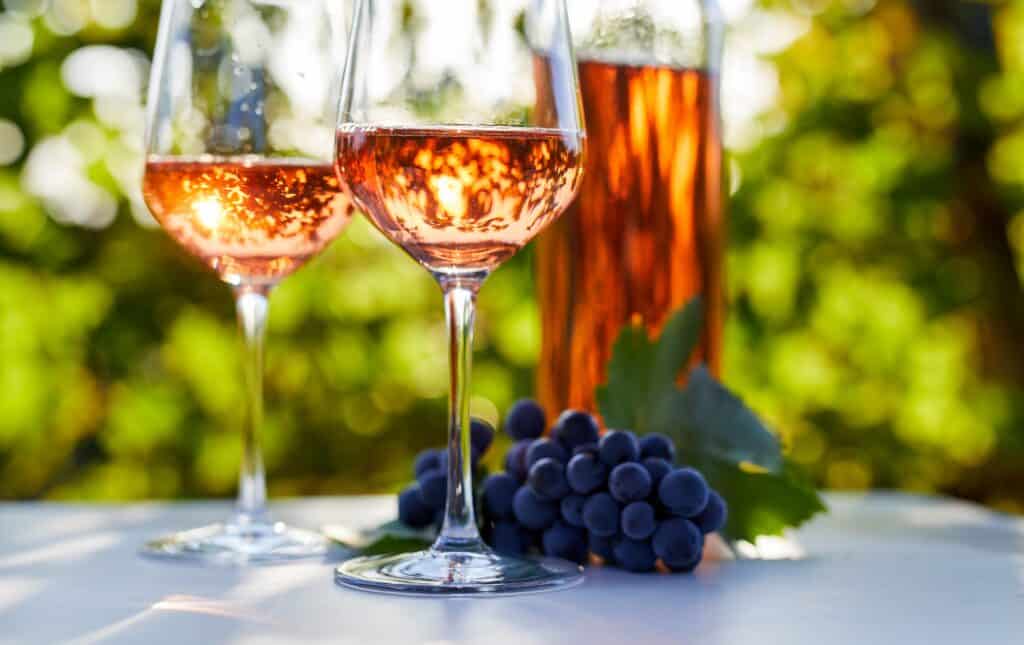Exploring Rosé Wines From Around The World

Pink hues convey stories of varied terroirs and winemaking traditions in the vivacious world of rosé wines. Rosé wines, hidden beneath their delicate exterior, entice with an array of flavors that delight the taste buds. This exploration discusses rose wine, looking into vineyards worldwide, from Provence to New Zealand, and trying every rosé uniquely. The rosé realm is yours to discover, with flavors ranging from dry and crisp to rich and fruity. Raise a glass, relish the blush, and calmly explore the wonderful world of rosé wines.
What is a Rose Wine?
Rosé wine, a fascinating hybrid of red and white grapes, occupies a unique niche in the wine industry. Its beautiful pink color comes from the brief time it spends in touch with grape skins while creating wine. The end product is a rainbow of hues, from soft pink to bright crimson. The flavor profile of rosé wines perfectly synthesizes white wine’s refreshing acidity with red wine’s ripe fruitiness. A delightful and adaptable character, you may anticipate hints of floral undertones, citrus, and berries.
The Making of Three Distinct Rosé Wines
There are a few different ways to make Rosé. Explore the ways below.
Blended Rosé
Rosé made from a blend of red and white grapes is called a blended rosé. Winemakers can achieve the desired color and flavor qualities with this procedure. The grapes can undergo simultaneous or sequential fermentation, with the ultimate combination being hand-picked to attain the targeted traits.
Rosé Maceration
Maceration brings red grape juice into contact with the grape skins for a short time, usually a few hours. The color is intensified as the duration of contact increases. The fermentation process proceeds when the grape skins are removed, following maceration. This technique produces a broad spectrum of colors and tastes, from subtle and refreshing to bold and robust.
Saignée Rosé
One way to make rosé is using the Saignée technique, which means “bleeding” in French. This involves taking some juice that has been “bled off” from the fermentation of red wine and fermenting it separately. In addition to making rosé wine, this method also concentrates and enhances the flavor of the red wine that is left over.
The Finest Method for Appreciating Rosé
It is essential to serve rosé wine at the correct temperature to enjoy its subtle flavors fully. Serve at 45 to 55 degrees Fahrenheit (7 to 13 degrees Celsius). This chilly setting brings out the wine’s pleasant attributes without masking its taste. Use glasses with stems so the wine doesn’t get too hot from your hands. Because of their adaptability, rosé wines are best enjoyed chilled and can be aperitifs or matched with a wide range of foods.
Visit Rosé Day In Los Angeles, CA In 2024
It’s essential to remember that the enjoyment comes from both the flavor and the history of each bottle. The charm of this wine style lies in its versatility, whether you prefer blended, macerated, or saignée rosés. Book a table at Rosé Day in Los Angeles, California, on June 8th, for a great time with your friends and family. With live music, food pairings, and incredible activations, Rosé Day is the premier summer event. Book your tickets here!




